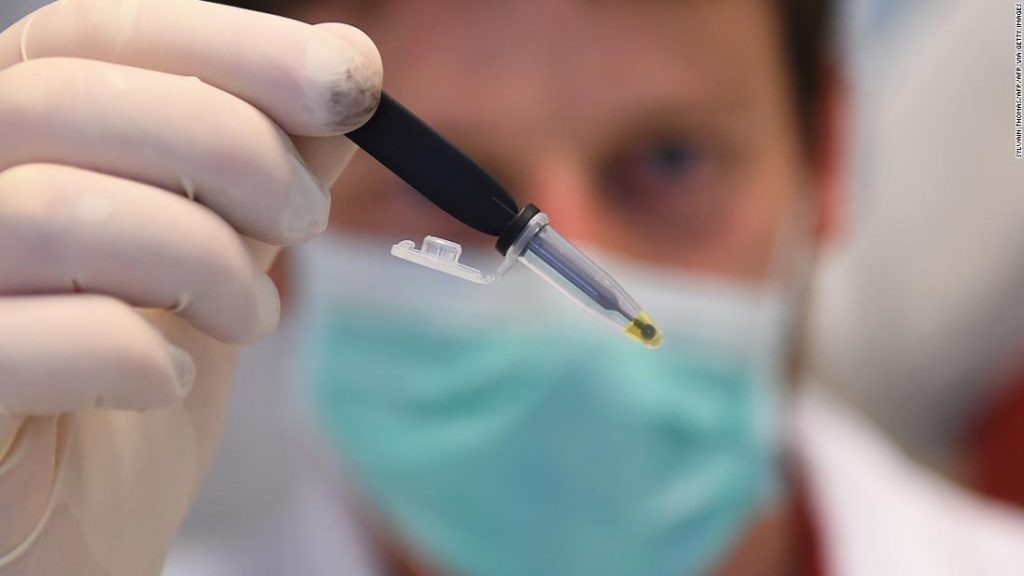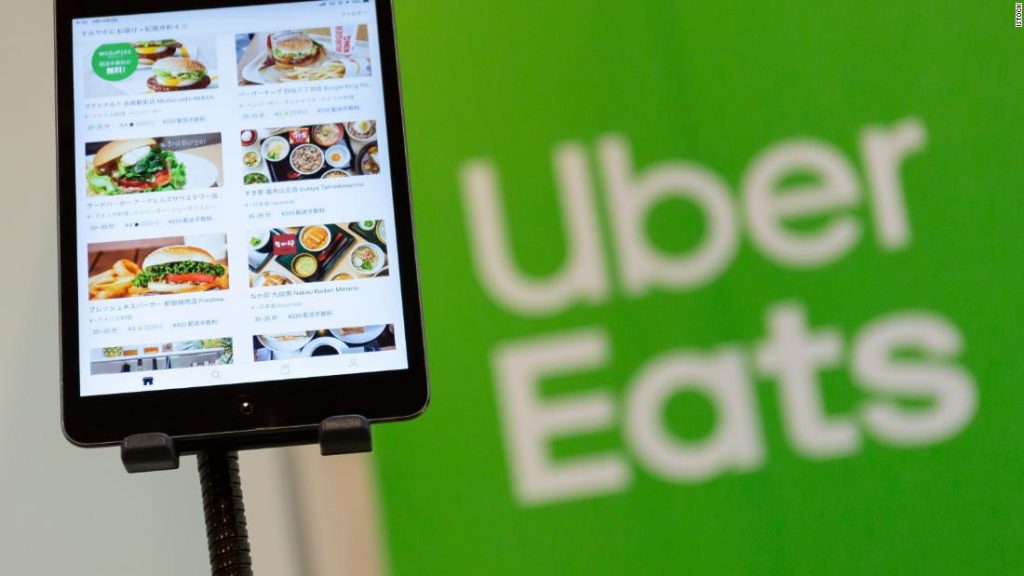Senior Living Blog

What you need to know about at-home Covid-19 tests
Is Covid testing on your shopping list? Costco, a popular wholesale store with locations across the US, has announced that it will sell a direct-to-consumer diagnostic test for Covid-19, joining a growing list of retailers providing diagnostic tests. Kent Sepkowitz writes that even though at-home Covid-19 tests will now be available at a number of […]
November 9, 2020

Uber Launches Medicine Delivery Service in South Africa
Uber launches medicines delivery service in South Africa Uber Eats’ South African unit on Thursday expanded delivery offerings, launching an app-based over-the-counter medicines service as it seeks to claw market share in the fast-growing online shopping sector in Africa’s most industrialized economy. Uber Eats, a unit of U.S. ride-hailing service Uber Technologies already has a […]
November 6, 2020
Let’s Break Down The Safest Ways To Vote In The 2020 Election
Make your safe voting plan, and stick to it. Election Day is Here Americans everywhere are off to the ballots to vote in one of the biggest elections of our lives. The stakes of this year’s election couldn’t be higher, and it’s more important than ever for all eligible voters to make their voices heard […]
November 3, 2020

Febuberries; Make Yourself a Yummy Treat
We’ve made it through the first month of the new year, and for many people, this is where things get tough.
February 1, 2013
